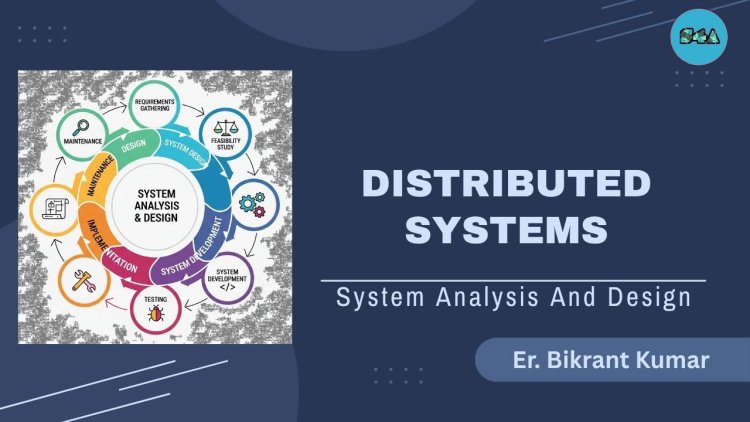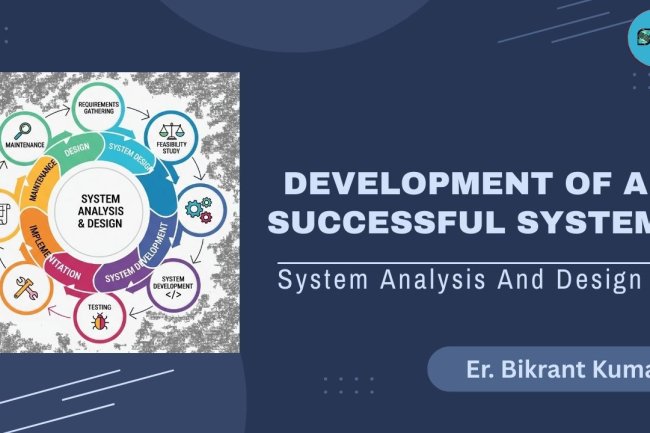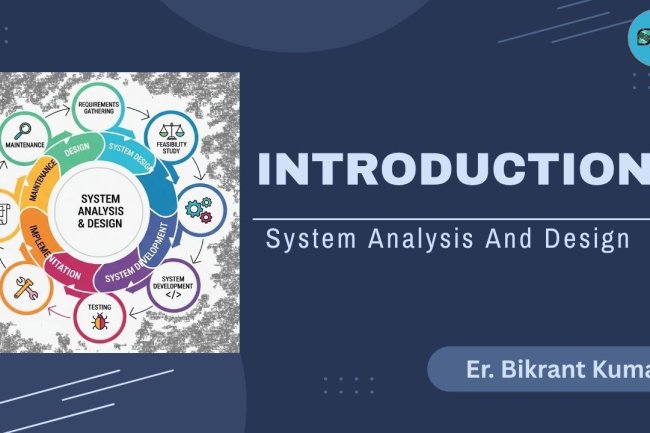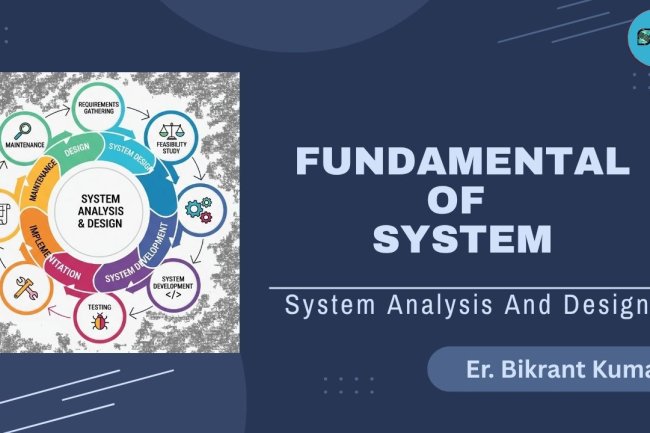Distributed System
SAD is a process for analyzing an organization's needs and designing new information systems to meet them.

Simple Definition:
A Distributed System is like a team of computers (or devices) working together over a network to achieve a common goal, but they look and feel like a single system to the user.
In Short:
A Distributed System is like a team of workers in different rooms of a building — each doing a part of the job, but to the customer, it feels like one smooth service.
Human-Friendly Explanation:
Imagine you order food from a food delivery app (like Zomato or Swiggy):
- One server shows the menu
- Another server checks your location
- Another one processes payment
- Another one manages delivery
All these parts work together, but they are running on different computers in different places. Still, to you, it feels like one single app — that’s a distributed system
Features (in simple terms):
|
Feature |
Meaning |
|
Multiple Computers |
Different machines work together |
|
Connected by Network |
Communicate via the internet or LAN |
|
Work as One |
User feels it's one system |
|
Shared Workload |
Tasks are divided between computers |
|
Fault Tolerance |
If one machine fails, others can take over |
Real-Life Examples of Distributed Systems:
|
Example |
Description |
|
Google Search |
Millions of computers answering billions of queries together |
|
Banking Systems |
ATM, online banking, mobile app all work together from different servers |
|
Cloud Storage (Google Drive, Dropbox) |
Files are stored across many servers, but you access them like one folder |
|
Online Games |
Game data is handled across multiple servers worldwide |
Diagram (Simple View of a Distributed System)

----------------------------
Files
What's Your Reaction?















